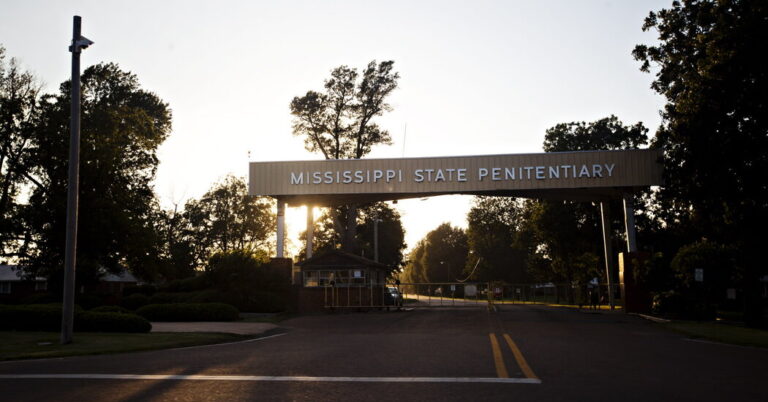Affordable Apartments Are Coming to the Top of New York’s Skyline
The latest luxury tower to rise in New York could distinguish itself not for its sky-high views, but for its residents: survivors of the Sept. 11 attacks, and some of the lowest-income renters in the city.
On Thursday, a state oversight board cleared the way for a 900-foot mixed-use tower to be built at 130 Liberty Street, also known as 5 World Trade, the only site on the World Trade Center campus that is expected to be residential.
It took two decades of political wrangling. But the real feat, spurred by a group of local agitators, could be the inclusion of an unexpected share of permanently below-market-rate apartments.
One-third, or 400, of the 1,200 units will be reserved for low- and middle-income renters, spread across the soaring tower. A portion of those units, 80 apartments, will be offered to people who lived or worked in Lower Manhattan between Sept. 11, 2001, and the end of June 2002.
It represents a rare inversion of New York’s new supertall skyline, known for its pieds-à-terre for some of the wealthiest people in the world, on one of the most symbolic development sites in the city.
“We’re tremendously happy with what we have achieved,” said Mariama James, a member of the Coalition for a 100% Affordable 5WTC, the neighborhood group that fell short of its original goal but pushed the developers further than some had anticipated.
The building, designed by Kohn Pedersen Fox Associates, will sit on public land and is being developed by a team led by Brookfield Properties and Silverstein Properties. An earlier proposal would have reserved a quarter of the units at below market rate and included no carve-out for 9/11 survivors. Opposition was swift.
“How can you build a residential tower that is blocks — no, feet — from ground zero, and not have any units allocated to the 9/11 community?” said Ms. James, who has lived near the World Trade Center for decades. Her father died of a 9/11-related illness in 2021, followed by her mother earlier this year, from colon cancer, she said, and she and her family suffer from the health effects of exposure to the pollutants released after the attacks.
In a statement, Marty Burger, the chief executive of Silverstein Properties, thanked elected officials and public agencies for their “commitment to this important project,” but the company declined to comment further on the new mix of affordable units. The tower will also include commercial, retail and office space.
The revised plan, approved by the Public Authorities Control Board, comes after months of philosophical — and ultimately financial — deliberations: How much affordable housing makes sense in a skyscraper?
The property owner, the Lower Manhattan Development Corporation, a subsidiary of the state-controlled Empire State Development Corporation, estimated in 2021 that each unit of housing would cost about $1 million to build, about twice as much as a unit in a typical affordable project, in part because of the complexities of building a skyscraper on the site.
In May, the boards of Empire State Development and the Port Authority, which will collect rent on the site, agreed to increase the number of income-restricted units to 30 percent, from 25 percent. Gov. Kathy Hochul then announced that an additional $65 million in unallocated public funding could be used to subsidize the project and add more affordable units, said State Senator Brian Kavanagh, who helped negotiate the deal.
“Affordability doesn’t materialize out of good will,” he said. “I think we got to a place where a great many people in our community are very enthusiastic about this.”
A majority of the income-restricted units will skew toward lower-income renters, including 252 units that will be split between tenants who make 40 percent to 80 percent of the area median income, or about $50,800 to $101,700 for a family of three. A further 148 units will go to renters making 100 to 120 percent of the median income, or up to about $152,500 for a family of three.
The plan will mean a substantial increase in affordable housing for the area. Since 2014, the city has financed 212 new affordable units in the district that includes the World Trade Center.
Not everyone is happy with the updated plan.
“It’s a little depressing,” said Todd Fine, a member of the 100% Affordable coalition, who wanted to see a much greater degree of affordability for the last undeveloped public site on the 16-acre World Trade Center campus. He points to the faltering office market as a sign that now is the time to push for more affordable housing.
Maybe, he said, it’s time to consider bringing affordable housing to other parts of the neighborhood, like a long-delayed office tower nearby?
“Why don’t we make 2 World Trade Center fully affordable?” he said.
Check out our Latest News and Follow us at Facebook
Original Source







